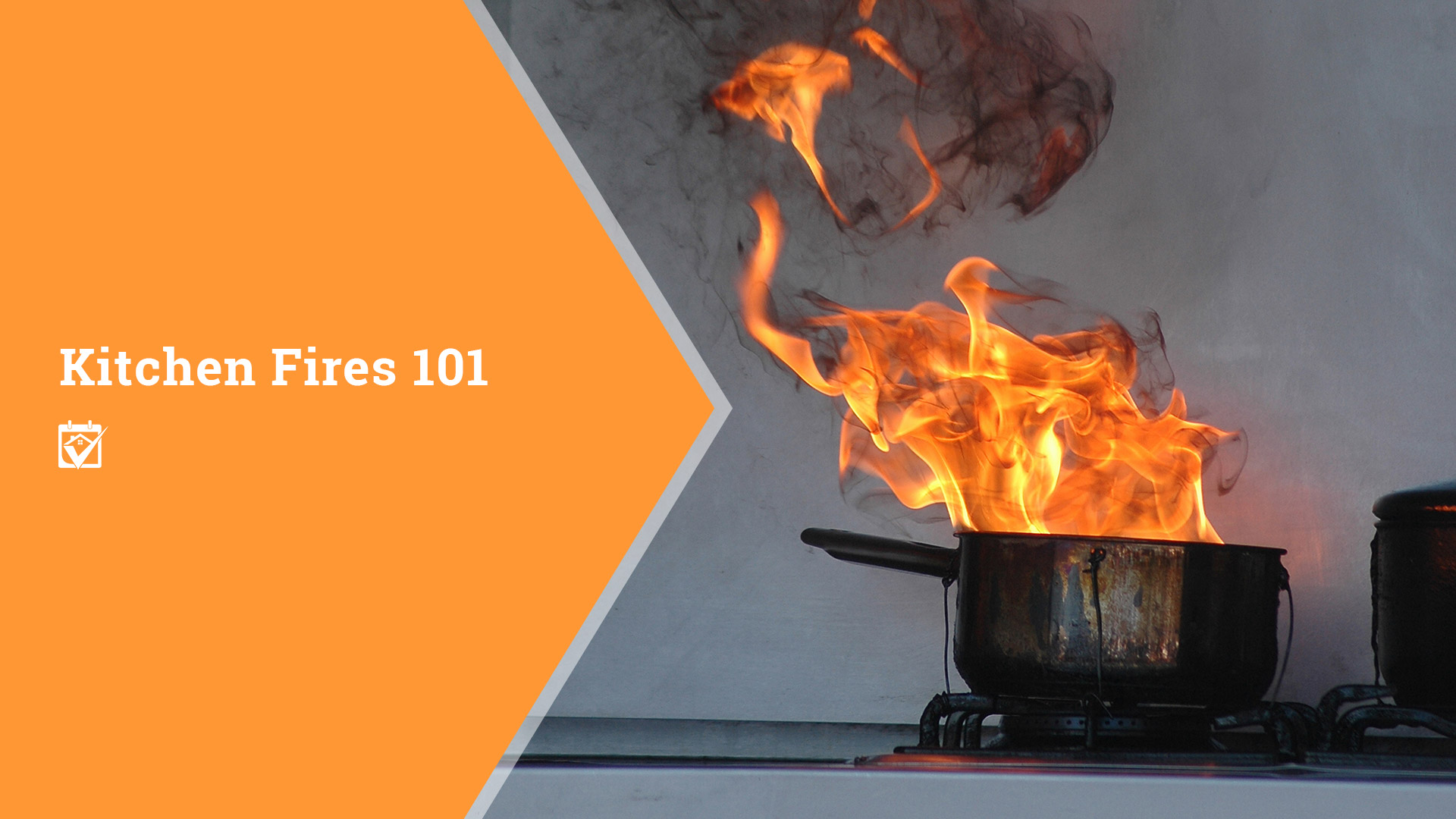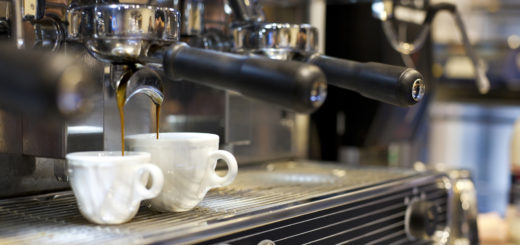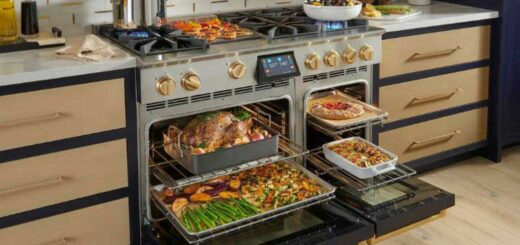How To Prevent Home Stove Fires?

Some Facts About Stove Fires:
- Stoves and other kitchen equipment are primary causes of home fires.
- Almost half of those accidents have resulted in deaths and injuries.
- Two-thirds of home cooking fires start with the ignition of food or other cooking materials.
- Unattended equipment is a factor in one-third of reported home cooking fires.
- Frying is the number one cause of kitchen fires.
- Highest recorded home fire accidents are on Thanksgiving, Christmas, and Easter.
To prevent home fire accidents, we must be cautious when cooking our daily meals. We must rid of certain habits that we have developed over the years. In addition to bad cooking habits, we can also consider monitoring a few pointers that will make all the d difference.
Here Are Some Safety Precautions To Take With Your Stove:
1. Manage The Flame
The flame in gas stoves can be easily controlled by turning the stove knob to change between low, medium, and high. The burners must be turned on only for the duration of cooking. Never leave the flame unattended while cooking. If the spark does not light up as soon as the burner is turned on, you must turn it off and wait for a few seconds. If there is a recurring delay in the flame lighting up, the burner might be blocked and may need to be cleaned or replaced. You may need to replace the igniter electrode periodically and always have a fire detector & carbon monoxide detector at home and keep a fire extinguisher handy!
2. Maintain Your Stove/Range/Cook-Top
The most significant cause of safety concerns with gas stoves is carelessness and improper maintenance. You must clean your stove daily – take out the heavy grates and burners, and wash them with warm soapy water. If the burner’s holes are blocked by food debris or other waste, use a toothpick to clear it. Ensure that the grates and burners are not removed right after cooking and give them time to cool down before cleaning.
3. Preventing Gas/LP Leaks And Fire Hazards
Most importantly the cause of concern for gas stoves is the highly flammable nature of gas and the potential for fire hazards. If you feel that the gas is leaking and you can smell its odor, turn off the burners immediately and do not turn it back on until the scent is completely expelled out of your home. Opening a window can help dissipate the gas from the home quickly. If you still feel the gas is leaking, check the burners, pipe connection, and gas cylinder as they may need attention or replacing. If you are unable to find the leakage source and fix it, do not use your gas stove unless you have an expert to come and repair the problem.
4. Always Inspect The Pilot Light Before Your Range/Stove/Cook-Top
One important safety feature that is added to gas ranges is the pilot light. This is a small flame that is constantly lit and burns a small supply of gas. When you start your gas range, the light is responsible for the appliance catching on fire for you to use it. When you don’t continually inspect your range, the continuous gas feed will fill up the room and it could cause an explosion and fire. If you notice the pilot light is out, you need to shut off the gas supply immediately and open the windows right away to allow the gas to flow outdoors before turning the appliance on. The more modern appliances now have an electric ignition; eliminating the need for a pilot light.
Here Are Some Safety Precautions To Take With Your Electric Stove:
1. User Error Hazards
Some electric stoves have burner coils that heat up and allow you to cook your food. They should be clean and without debris before you turn on the stove-top.
Most modern stoves have flat glass top surfaces and while these are very popular for their convenience, they do pose some hazards. While the entire surface of the stove is flat, it can be easy to forget which burner is on and accidentally touch a hot area of the stove. This can lead to severe burns.
2. Electric Stove Malfunction Hazards
Over time electric stoves and induction stoves can experience downtime and malfunctioning. Knowing how to properly repair and replace parts on the stove can mean the difference between fire or other hazards and a restored appliance. It is especially important to use OEM parts when repairing your unit. If you need assistance in locating parts please contact us
Check the cord of your stove periodically to be sure that it is intact and not fraying. The cord may need replacement. If you notice that your electric stove is not working as it previously did, do not continue using it, instead unplug the unit and turn the power off at the circuit breaker. You should contact a certified repair technician for assistance and wait before continuing use of the appliance until it is fixed.
3. Other Electric Stove Hazards
There have been instances of electric stoves spontaneously turning on. This is a major fire hazard, mainly if you are not at home. If you notice the stove turning on by it, do not use it until it has been repaired by a certified technician.
It is also possible that the heat on an electric stove could be turned on higher than you meant if the knob or other temperature controls are malfunctioning and may need replacing. Some Stoves have error codes that will alert you to overheating. Familiarize yourself with the alerts codes specific to your appliance to prepare for such an error, should one occur.
Important Facts On Why You Should Use OEM Parts For Your Units:
When dealing with kitchen equipment, using faulty third-party parts can compromise the unit and expose you to safety risks – both physical safety risks such as fires to food safety risks.
OEM parts are manufactured for the exact unit specification with no negative impact on secondary parts; whereas you have no idea if using a third-party part could damage your unit leading to fire hazards and greater repair expenses. Click here to purchase OEM parts from Guaranteed Parts. We can assist you in locating the correct parts for your unit.
Please call: 1-855-472-4443


